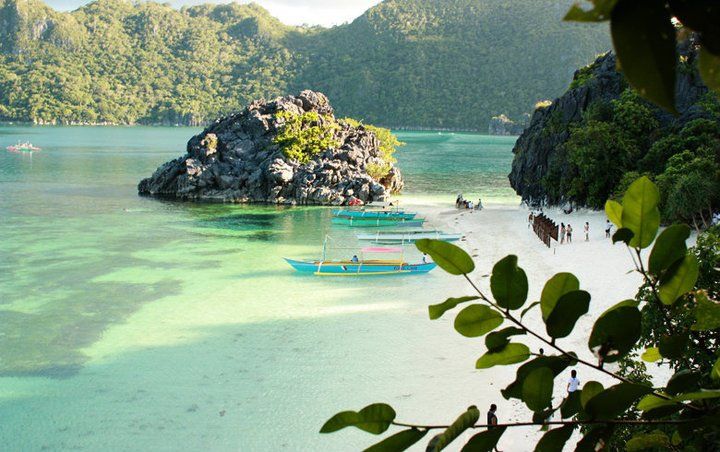On the occasion of publishing a supplement dedicated to the Philippines, CPH POST has compiled a list of the top things you should know, if you don’t know already, about the Philippines.
1 With 7,641 islands, of which around 2,000 are inhabited, the Philippines archipelago has the tenth highest number of islands in the world (funnily enough, six of the top ten are in the Nordics). Up until 2013, the official figure was given as 7,107, but then the National Mapping and Resource Information Authority added 500 previously unknown islands to the list. However, some of them, people complained, weren’t much bigger than large rocks.
2 With a population of 106.5 million, the Philippines is the 13th most populated country in the world, the seventh biggest in Asia and third largest Catholic. A further 12 million ‘Overseas Filipino Workers’ live and work overseas. Last year, the population rose by 1.5 million people – a rise of 1.52 percent. Around 80 percent of the nation is Catholic, with Islam the second most popular religion. Every Good Friday, somebody is actually nailed to a cross during a re-enactment of the crucifixion of Christ. Like in some other Catholic countries, divorces are not permitted, but annulments are.
3 The Philippines are named after a future English consort. Spanish explorer Ruy López de Villalobos came up with the name during his expedition in 1542, honouring the future King Philip II of Spain, who at that time was the heir to the throne, as well as the duke of Milan. He was married to Mary I, the queen of England, from 1554 to 1558. Out of interest, the British briefly occupied Manila for 18 months from 1762 to 1764.
4 The Philippines has two seasons: dry and wet. The dry season lasts from late November to May, and the wet season continues from June until October.
5 Filipinos refer to themselves as Pinoys, although this should not be pronounced Pee-noys, rather P-noys with a short ‘P’. Female Filipinos can be technically referred to as Filipinas.
6 The Philippines has two official languages: English and Filipino, a standardised version of Tagalog. Overall, around 180 languages and dialects are spoken on the islands.
7 The capital Manila has a population of just under 2 million, but it is part of a conurbation called Metro Manila, which includes 15 other cities and has a population of more than 12.8 million people.
8 The most popular form of transportation – both private and public – is the jeepney. Inspired by the US military jeeps left behind after World War II, they come in lots of flamboyant colours, and there is never one far away should you need to get somewhere. Fortunately, they stop everywhere. Other popular forms of transport include sidecar motorbikes (known as tricycles) and pedicabs, a form of rickshaw.
9 When the pop band Wizard sang “I wish it could be Christmas every day”, they probably didn’t realise that this is true every third day in the Philippines, as the island nation celebrates the world’s longest festive period. The countdown starts in September 1 and does not officially end until the second Sunday of the year.
10 Beyond the Marcos and Aquino families, the Philippines has produced a number of internationally famous people, of whom the boxer Manny Pacquiao, a world champion in a remarkable eight different divisions, is probably the most famous (basketball is the most popular sport, though!). Recently, he has used this fame to become a senator. There are also a number of famous stars of television and music who have at least one Filipino parent, including singers Bruno Mars and apl.de.ap (of The Black Eyed Peas), actor Darren Criss (Glee, The Assassination of Gianni Versace), and actresses Vanessa Hudgens (High School Musical) and Hailee Steinfeld (the central character in True Grit). Furthermore, the Philippines have won Miss Universe an impressive three times – which is three times more than Denmark! Pia Wurtzbach was the most recent recipient of the title when she won in 2015.














